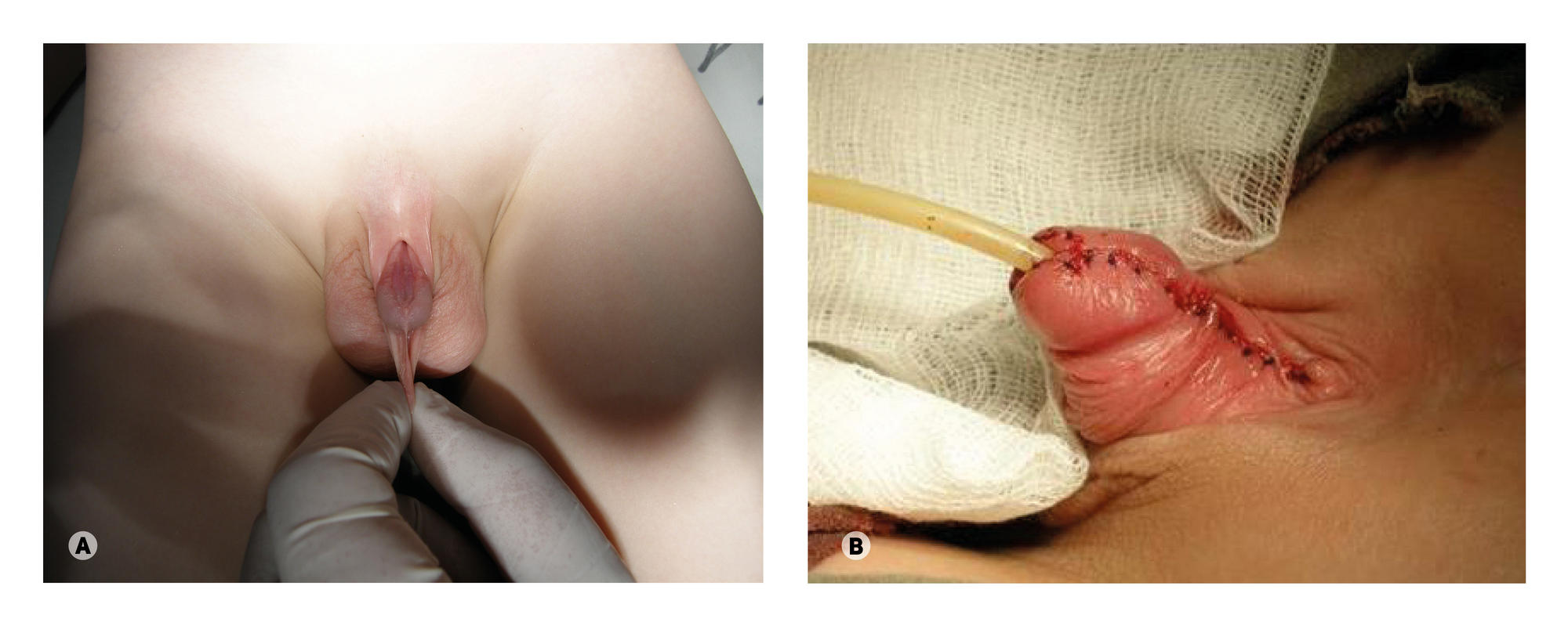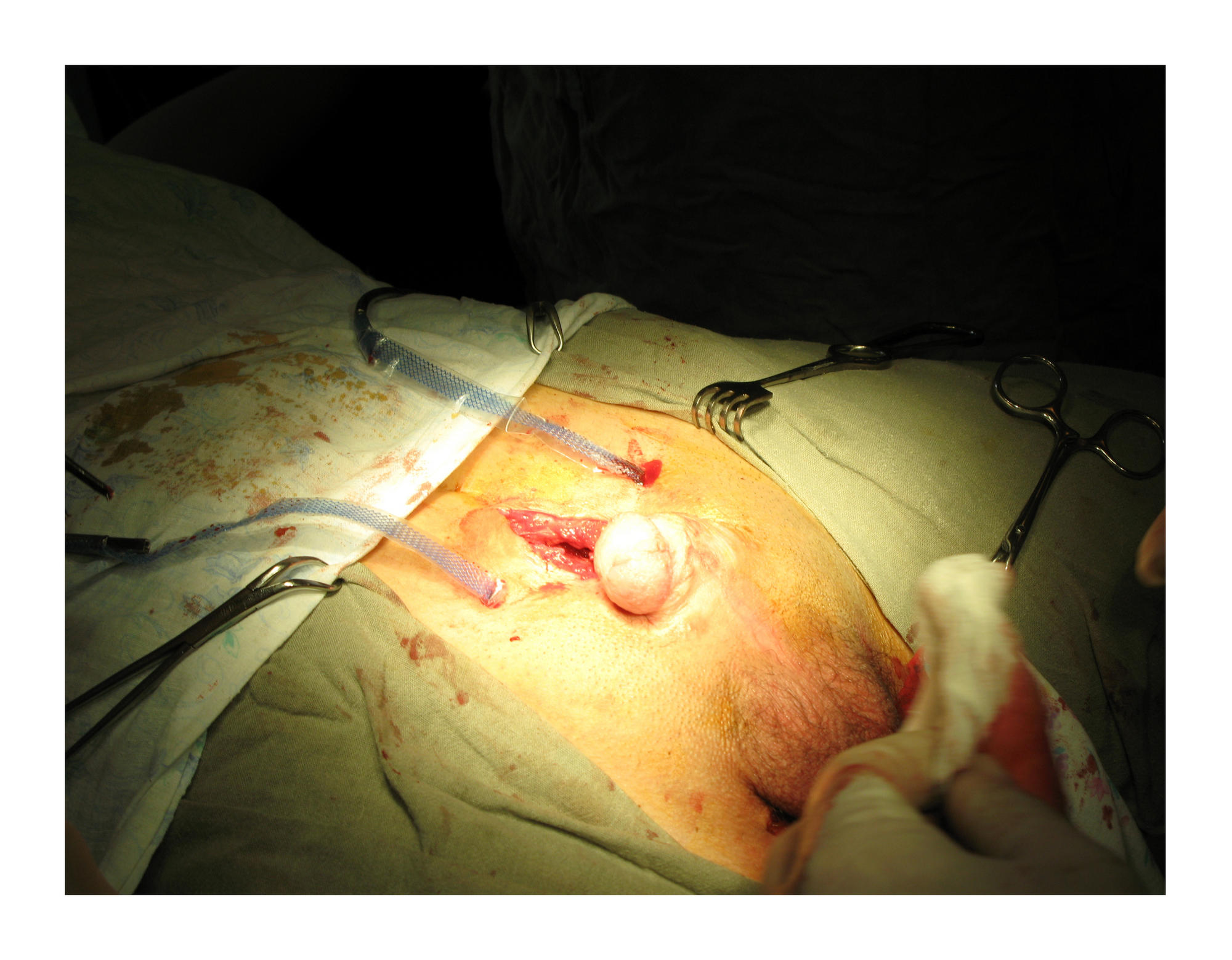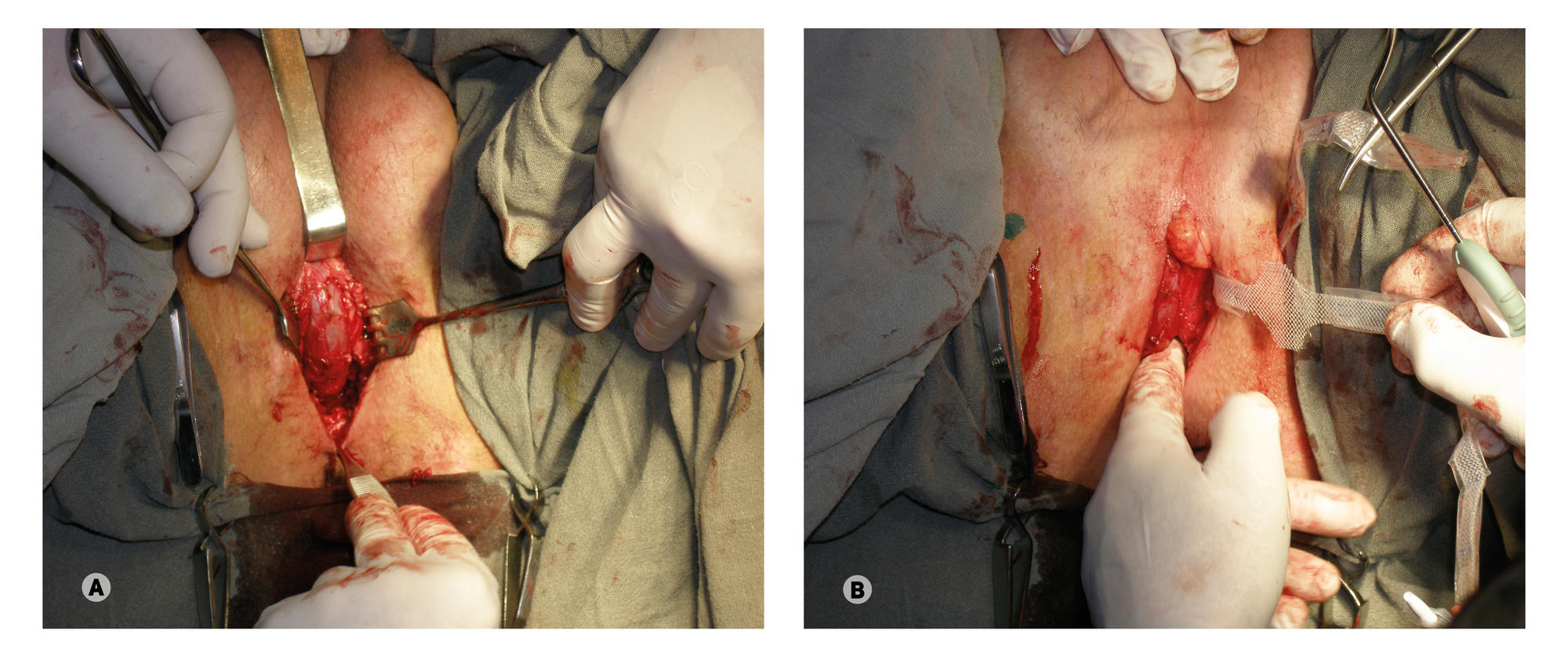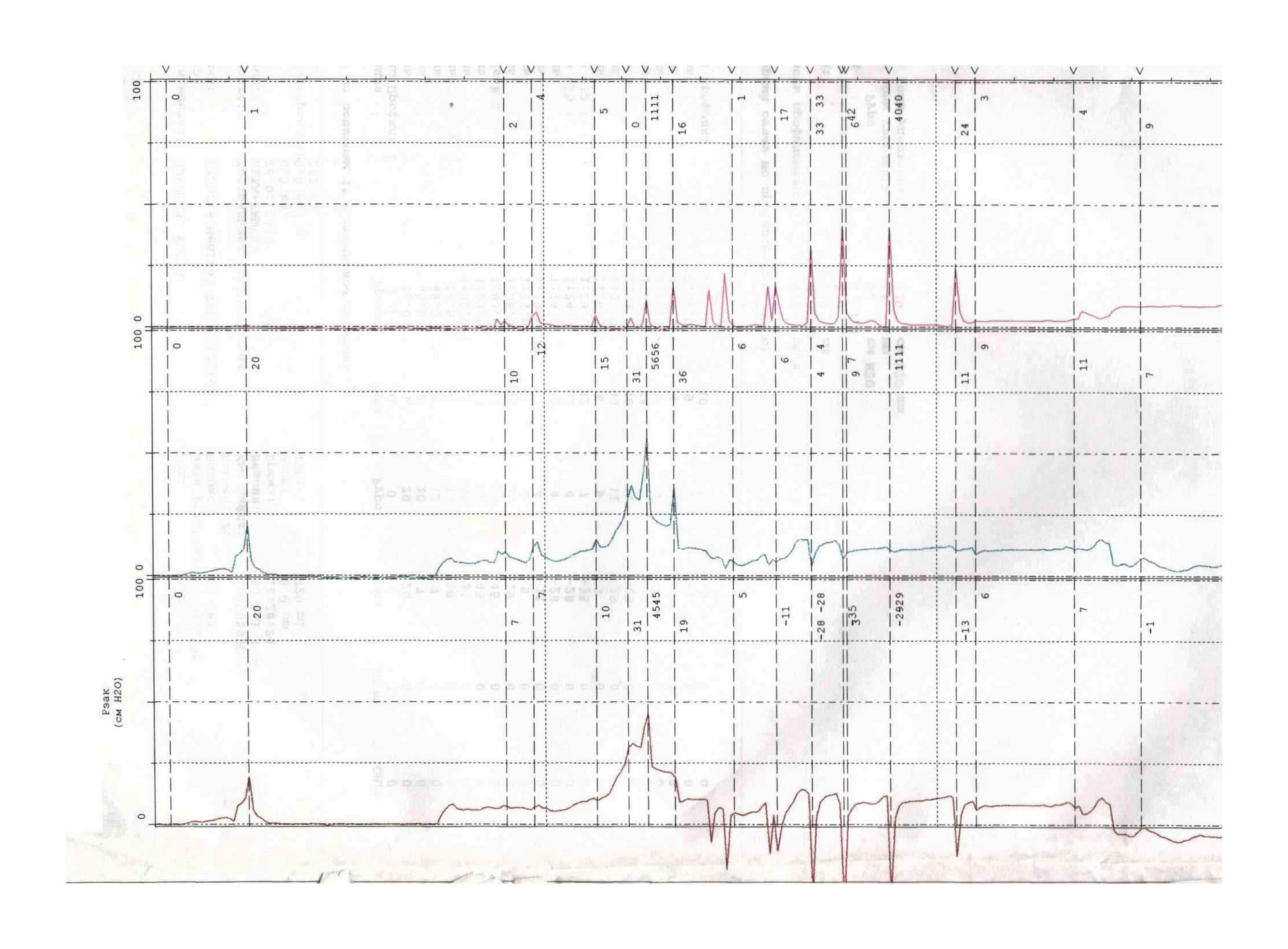
ISSN Print 2500–1094
ISSN Online 2542–1204
BIOMEDICAL JOURNAL OF PIROGOV UNIVERSITY (MOSCOW, RUSSIA)

Scientific Research Institute of Pediatric Surgery,
Pirogov Russian National Research Medical University, Moscow, Russia
Correspondence should be addressed: Alexander Demidov
Shmitovskiy pr-d, d. 29, str. 3, Moscow, Russia, 123317; ur.tsil@01lavodimed




